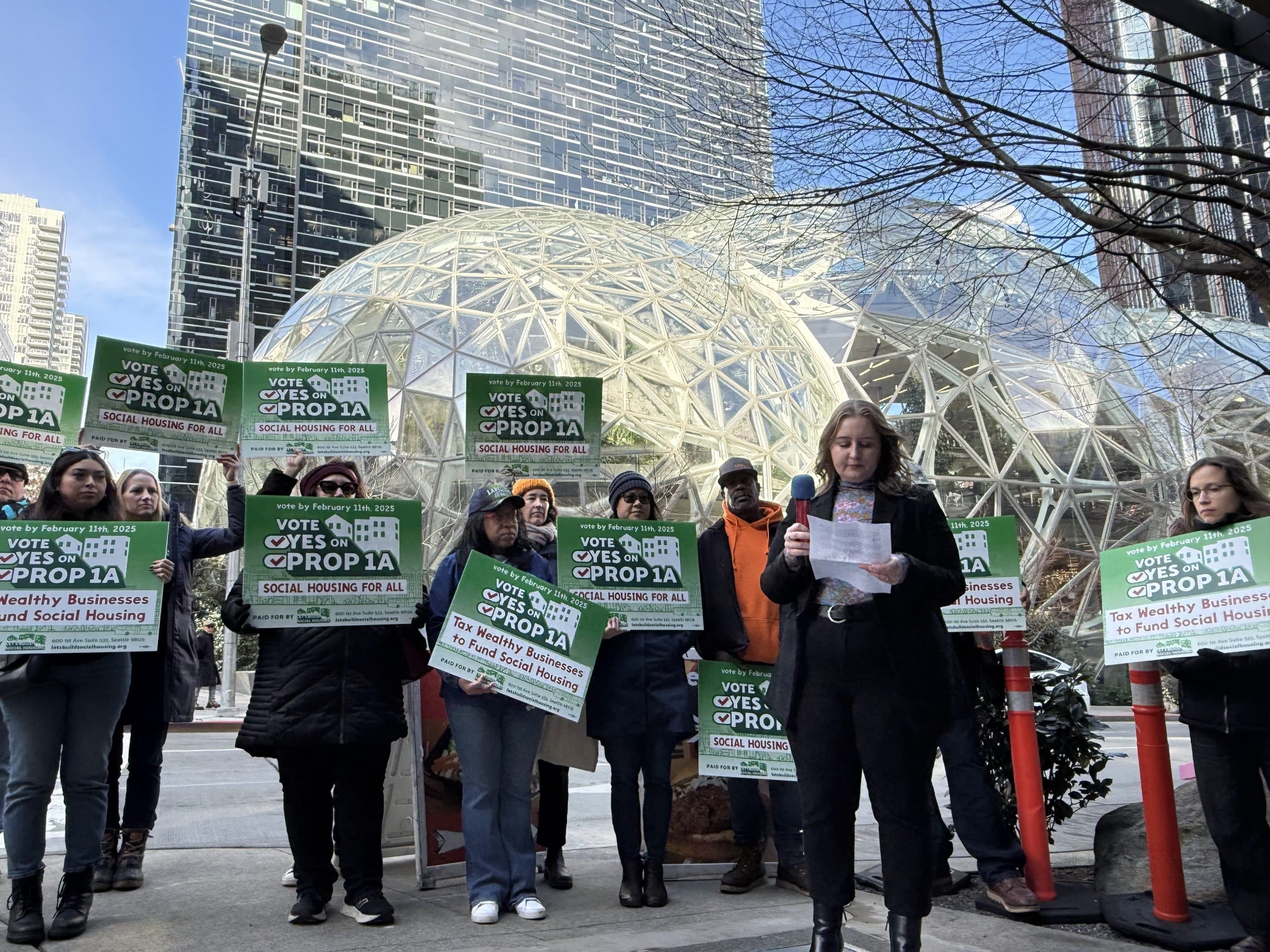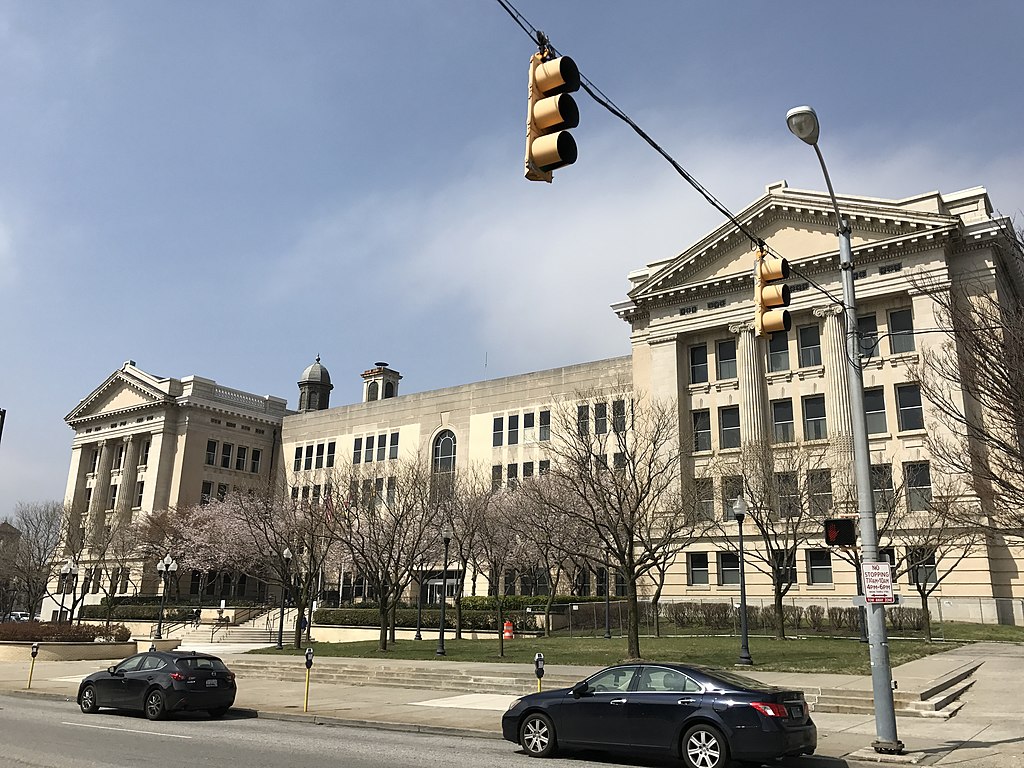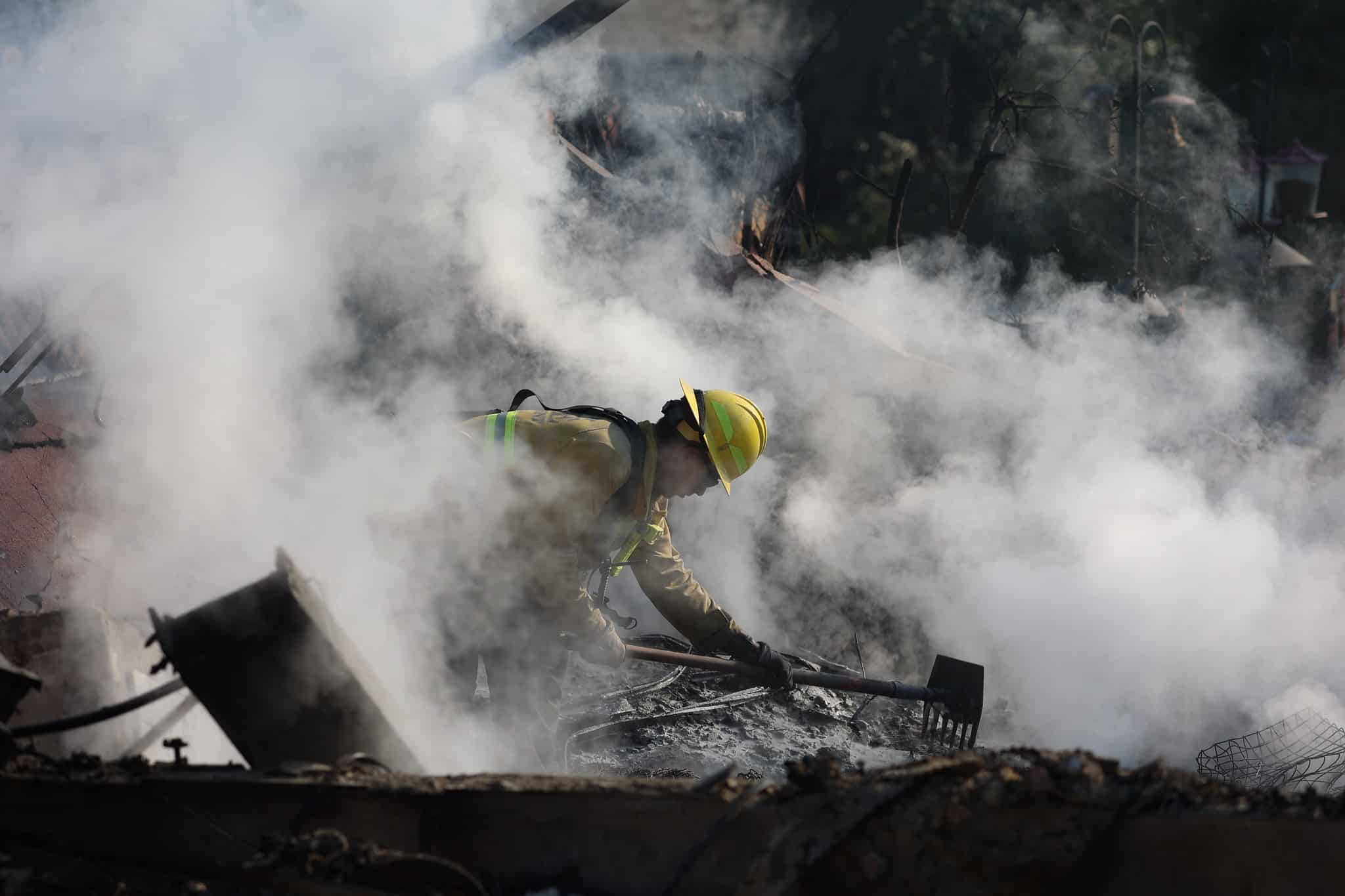On July 29, 2008, the White House issued a statement that “chronic homelessness decreased an average of 15 percent per year between 2005 – 2007 and demonstrates that targeted, focused resources can achieve measurable results.” This amounts to a decrease of nearly 30 percent in just two years.
This information is supposed to be from the U.S. Department of Housing and Urban Development’s Annual Homeless Assessment Report to Congress. This is the third report in a series of reports on homelessness in the nation and it is unique in being the first that is based on a full year of Homeless Management Information Systems (HMIS) data reported by communities across the nation. These data showed that about 1.6 million people nationwide spent at least one night in a homeless shelter from October 2006 to September 2007. This is expected to provide a baseline for measuring changes in homelessness from one year to the next.
According to HUD, “local communities across the country report there were 123,833 chronically homeless persons in 2007, compared to 155,623 in 2006 and 175,914 in 2005.” HUD advises that “comparing the number of chronically homeless individuals from year to year should be done with caution. Declines can be attributed to several factors including increased funding from HUD and other sources for permanent supportive housing, improved data collection and reporting, and variation in the number of communities reporting these data on an annual basis.”
Thus, according to HUD statistics, in just one year, 2006 to 2007, the number of chronically homeless persons declined by 20 percent!
I ask Rooflines readers: Did you notice such a dramatic decrease in homelessness from 2006 to 2007 in the communities where you live?
I certainly did not. I have observed increases in homelessness from around 2000 till the present.
Upon close reading of the Annual Homeless Assessment Report to Congress, I find that the report says on page 16 that if we focus only on real counts in 2006 and 2007, then the decrease in the chronically homeless population on a single night is 11 percent (not 20 percent). HUD’s report says that many reporting units submitted two-year declines as one-year declines. Then why does the White House statement make the claim of a decrease by an “average of 15 percent per year between 2005 and 2007?” Based on this report, it looks more like an average of 10 percent decrease per year.
The report provides a definition of chronic homelessness: “A chronically homeless person is defined as an unaccompanied homeless individual with a disabling condition who has either been continuously homeless for a year or more or has had at least four episodes of homelessness in the past three years. To be considered chronically homeless, a person must have been on the streets or in emergency shelter (i.e., not in transitional or permanent housing) during these stays. As a practical matter, the definition of chronic homelessness is based on historical information about a person’s characteristics and service utilization, yet many communities have difficulty collecting such information. As a result, many communities face a considerable challenge in estimating the size of their chronically homeless population. Thus, the estimates should be interpreted as approximations—rather than precise measurements—that are coming into sharper focus with each passing year.”
Along with chronic homelessness, according to HUD, homelessness measured as the number of persons who were homeless (living in shelters or on the street) on one night in January decreased by nearly 12 percent between 2005 and 2007 — from 754,000 in 2005 to 666,000 in 2005. Nationally, chronically homeless people account for about 18 percent of the homeless population.
Experts on homelessness are skeptical about the statistics put out by HUD. Many believe that the decline in numbers were achieved because HUD introduced a new practice of requiring interviews with persons suspected of being homeless before they are recorded as homeless. Many homeless persons, for reasons of distrust and other reasons, refuse such interviews. According to advocates for the homeless who work in the Long Island area, HUD changed guidelines in late 2006 for counting the homeless, requiring an interview with each person counted. In 2005, counters could use their judgment to determine if a person was homeless.
Although HUD’s deputy assistant secretary for special needs, Mark Johnston, has said that interviews were not required, HUD’s guidelines say that interviews are “preferable” and they instruct counters to “always ask about homelessness.” HUD’s guidelines state:
Without interview information, communities will not be able to accomplish several things that HUD is requiring.
Advocates for the homeless have said that HUD declined to tell them, in writing, that interviews were not required.
Undercounting the homeless by requiring interviews amounts to leaving the problem unmeasured — and invisible to policy makers. I am not surprised that many homeless people don’t want to speak to interviewers. Professionals measuring homelessness should be able to identify homelessness without getting an answer from the homeless person, although speaking to the homeless can be one of the methods of identifying homelessness.
The Bush administration claims that the declines in chronic homelessness were achieved as a result of its Housing First initiative which emphasizes finding permanent housing for the chronic homeless first and then also providing them with supportive services. The rationale for Housing First seems to be well thought out, and I am willing to accept that the program has helped many chronically homeless people to be housed, and achieve a measure of stability in their lives. But the 30-percent decline in two years (and 20 percent in one year) seems like an exaggeration.
From my casual observation from visiting a handful of neighborhoods in the Washington metro area, and a handful of cities, the number of homeless persons has increased dramatically over the past few months. For example, for the neighborhood where I live (Arlington, Northern Virginia), these are my casual impressions:
I live in front of a public library — fine library, I might add. Even as early as 2000, I have seen homeless people near the library, some with grocery store shopping carts containing their belongings, some entering the library to use the restrooms. Then there are homeless people here I recognize since 2003. They are still homeless. I see their faces age, as they must see mine. They sit on the same benches and watch the seasons come and go. But recently, I think within the past three months, the number of homeless in my neighborhood has increased exponentially. I see more homeless people here — they are composed of different races, and there are men and women.
And since only a few weeks ago, I have discovered a new phenomenon: people sleeping at night in their cars! Returning home late at night, I see up to three cars within one small block, each with a person (male) sleeping in the car, and the car packed with clothes and such like. These are most likely the homeless who still own their cars. They are not as exposed to the world and the elements as the street homeless (some of whom are within some 20 feet of the cars) sleeping on benches and the sidewalk.
For several months, I have seen a white homeless man sleep next to an office building in my neighborhood. He is clean-cut, has neat bedding, and is very unobtrusive, sleeping very close to the building wall. He goes to bed early. I suspect that he is a working person, with a job in this neighborhood. See, he has an enviable “commute” to work from his makeshift bed. Now, would this self-respecting man answer in the affirmative if enumerators came along to interview him?
I read in the press that these days, health care aides can’t afford to take sick days. Retail clerks and childcare workers depend on food banks. Security guards sleep at homeless shelters. And I see for myself a working person tuck himself in bed early on a weeknight, on the paved ground touching an office building.
Of course, I don’t take my neighborhood or my casual impressions to be representative of the country. But I remain unconvinced that homelessness declined dramatically between 2005 and 2007.
Let me close with a poem I wrote based on seeing a homeless woman in my neighborhood — I have seen her since 2003, and I saw her as recently as this morning. I once offered her a bag — a bag given to me at a housing conference. She very graciously declined it. She said: “I really don’t need it. Why don’t you give it to someone who can use it?” And sure enough, there was a taker for it just a few feet away — another homeless person. She is very quiet, and sometimes speaks to herself. I once heard her exclaim: “You have no right to ruin my life!” But a communication barrier prevented me from knowing more. Recently I offered her some blueberries. She asked me if they were from my farm. I wished they were; and told her they were from our neighborhood farmers market. “Oh, that is nice,” she responded. I was grateful when she accepted the blueberries, and l left quickly before she could change her mind. Here is the poem I wrote around 2003-2004 about her, which was published in the Arlington Artsletter, 2005.
Outside Central Library
Today she has invited pigeons for breakfast
Delicately she proffers nibbles of baked crust.
She leans back, chewing a precious morsel. God is in his Heaven and all is well.
Two busy construction sites in her view place their heft: One in front of her and the other one on her left.
“Clark Residential” declares a new banner. The arms of a crane now swing in a smart manner.
The other site will be a residential-retail complex. There we see two arms of cranes swing menacingly as if to flex
Their muscles on behalf of all those who have paid. The downpayment: In adverts the claim has been made
That the development is already 90 percent pre-sold. The marvels of modern finance and technology we behold.
It may strike you with the force of a sharp pinch. For the bag lady there isn’t one square inch.
In those posh retail spaces she may not even be allowed. The muzak-toned interiors are meant for a different crowd.
What lonely meals shall be eaten in the well-designed breakfast nooks?How the dark new granite will sparkle in the kitchen with no cooks!
How cool those condos will be on the dog days of the summer, and warm by the gas fire-place in the bone-chilling winter!
She surveys the scene calmly, with her yellow scarf tied tight. The sky above her will remain undiminished tonight.
Tomorrow is another day — street- life can be rude and mean. But today she holds Court here with the dignity of a Queen.
The housing boom has now given way to a housing bust. But this lady is still homeless, and sits on the same park bench. Sameness can be a tender mercy when you consider some of the alternatives.




Comments